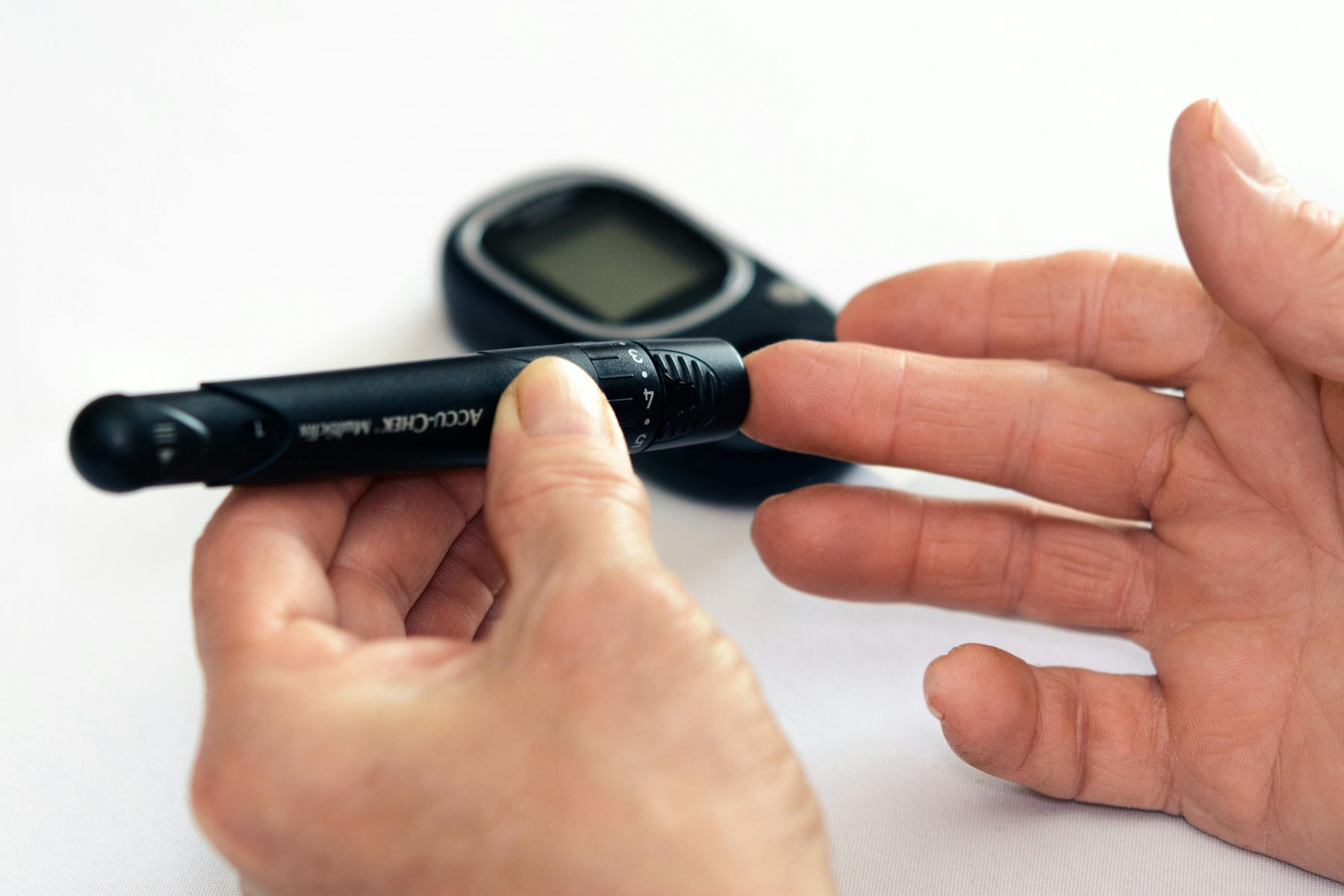
Living with two conditions that exacerbate each other
The incidence of binge eating among those with type 2 diabetes (T2D) is high: a recent estimate is that up to 25% of people with T2D also binge eat. An unfortunate cycle of compensating for binge eating results when patients restrict their intake, which often only leads to more binge eating.
Danish researchers led by Dr. Pil Lindgreen at Steno Diabetes Center, Herlev, Denmark, and colleagues at Aarhus University, Copenhagen, and King’s College, London, designed a study to follow patients with T2D and binge eating. The 20 final participants ranged in age from 31 to 7 years; 65% were female; 70% had a higher education; 40% worked full time or part-time; and 40% lived alone. The authors pointed out that very few researchers have explored this area.
The 20 final study subjects took part in individual semi-structured interviews (Qualitative Health Res. 2024. 0:1). The interviews, completed in 2022, were 1 to 2 hours each, usually by telephone, and in the participant’s home, or at the Steno Diabetes Center I Copenhagen, a center that has treated approximately 11,000 persons from the Capital region of Denmark. All patients had either type 1 or type 2 diabetes and severe comorbidities.
Feeling like outcasts
The participants reported feeling trapped in the vicious circle of TD2 and binge eating. Living with T2D and binge eating, two interacting and mutually aggravating conditions, can be a lonely, shameful, and challenging situation, as the participants related. Many perceived that their body “had a will of its own,” and they shared the view that their bodies needed to be medically fixed.
To cope with their feelings of guilt, they often continued secretly binge eating because they reported it was comforting. Several of the participants felt they had failed by binge eating in the first place, and also became aware of the risk of complications by seeing relatives with diabetes develop comorbidities. Unfortunately, some tried to stabilize their glycemic levels, and also tried to lose weight with appetite suppressants such as semaglutide, a glucagon-like peptide. Semaglutide, found in popular appetite suppressants such as Ozempic® and Wegovy®, lowers blood sugar levels by increasing the amount of insulin released and lessening the amount of glucagon released, delaying gastric emptying, and reducing appetite. Participants taking insulin told the researchers how it induced an increased craving for sugary foods.
A common profile also emerged. Many participants felt like “outcasts” after being continuously criticized by family members, friends, and even clinicians about their weight and binge eating. Patients also frequently had feelings of shame, worthlessness, and being “the odd one out.” Binge eating became a way to cope with parental neglect, physical violence, and even in some cases. sexual abuse.
The participants reported blaming themselves, and even joked about their eating patterns. Others enjoyed what they termed the “dopamine high.” Secrecy about their binge eating was a significant factor—they worried that disclosing they had the eating disorder would lead to humiliation and judgment from others, especially if they knew the patient had T2D as well.
What worked to break the cycle
When a clinician asked directly about binge-eating behavior, the study participants weren’t shamed into silence. Instead, they interpreted this as a sign of sincere interest and concern, and felt more inclined to discuss their behavior. Secrecy about binge eating was a significant part of the participants’ lives, and most had not told anyone about their binge eating, due to worries that disclosing it would result in humiliation and judgment, especially if the others knew about the diabetes diagnosis as well.
Many patients felt relief when asked directly about binge eating and diabetes, and the participants were more inclined to disclose their binge eating behaviors. In contrast, some participants were concerned that clinicians would not understand their compulsion to binge eat, but would misinterpret their overweight and increased HbA1c as a sign of poor self-discipline. Unfortunately, some patients reported that their clinicians criticized them about their excess weight (Diabetes Res Clin Pract. 2023. 202:110827; PLoS One. 2012. 7: article e48448).
According to the authors, it can be beneficial if clinicians can talk with these patients about the high prevalence of coexisting T2D and BE. This might help normalize the issue, limiting feelings of shame. Group-based interventions aimed at normalizing the experiences of participants have been helpful for reducing feelings of shame and loneliness from binge eating and T2D (Justice Quarterly. 1994. 11:527), and can contribute to much-needed emotional support.

